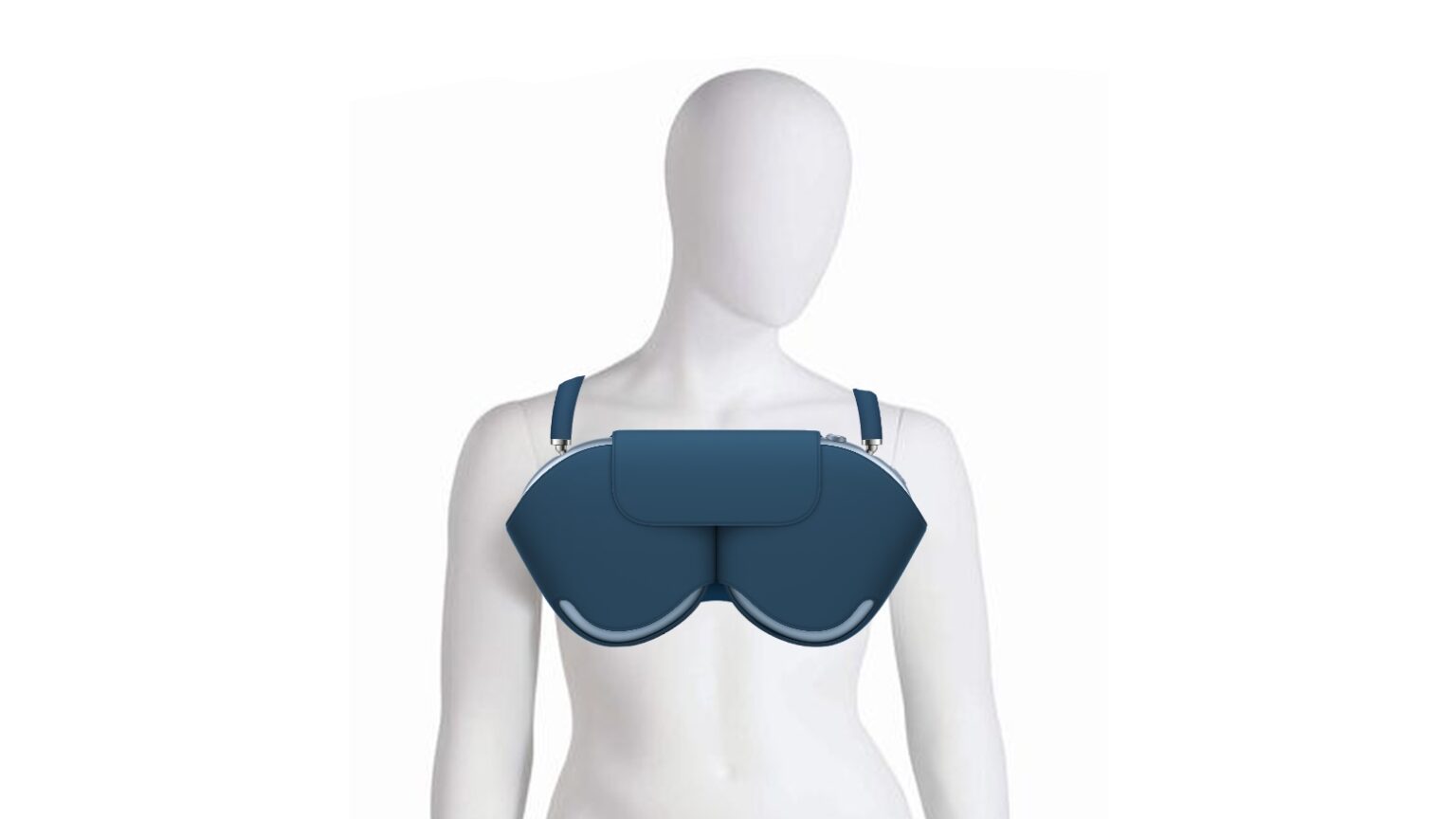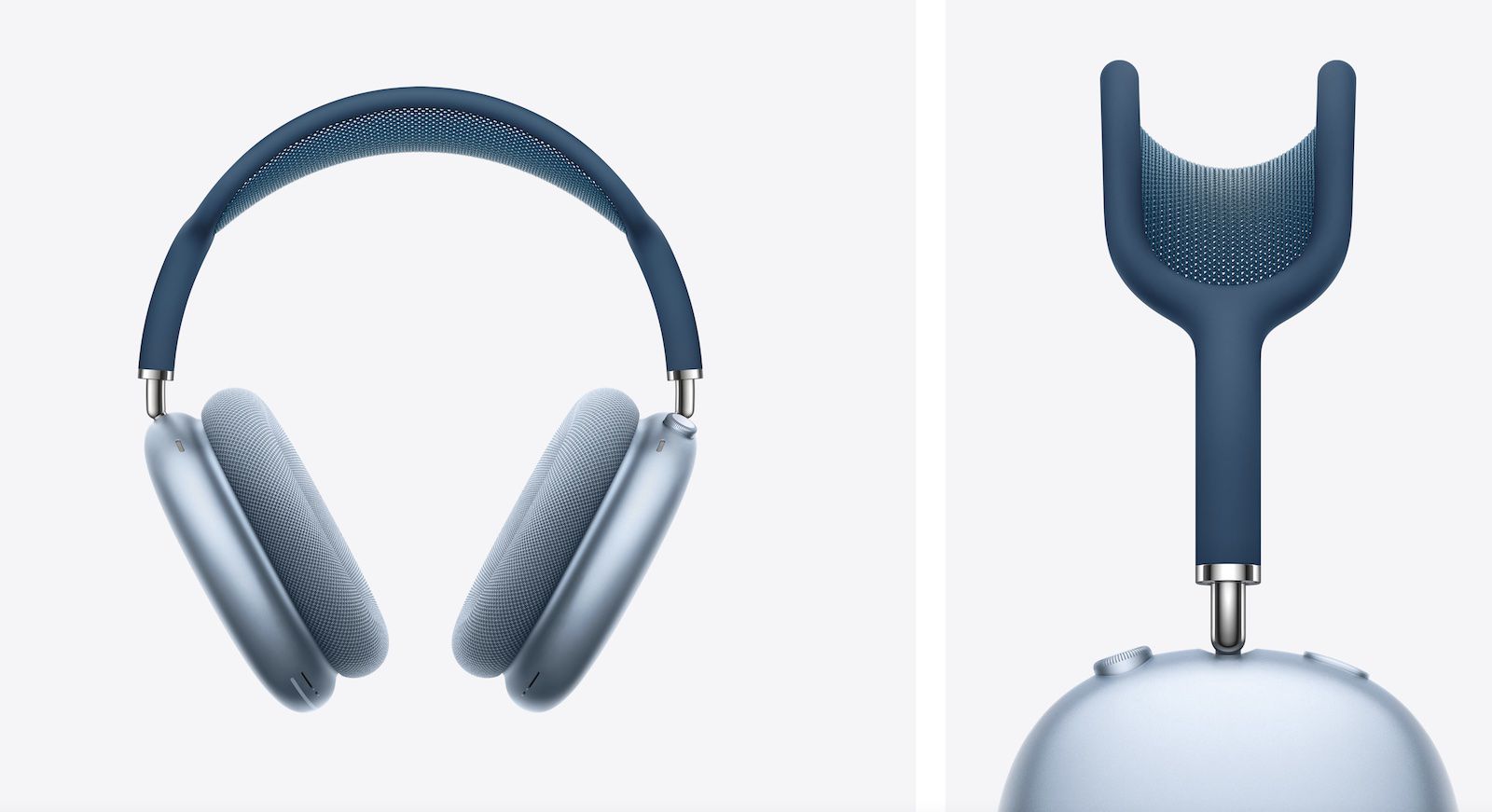CobraAB
Member
For Apple to sell the 3.5mm cable separately on a pair of $550 headphones is perhaps the most miserly thing they've ever done.
The $1000 stand for their $5000 Pro XDR display is right up there too.
For Apple to sell the 3.5mm cable separately on a pair of $550 headphones is perhaps the most miserly thing they've ever done.
One can find much better cans for the bucks.
No shame in cables bro.I own 500 dollar headphones, i bet they sound better. But they have a cable
From what I've read the margin on the Beats headphones is insane.
.Cost Of Making Dr. Dre’s Beats Headphones Is Far, Far Less Than You’d Think
Dr. Dre just made himself a fortune, but made Apple a profit margin monster. The Daily Mail is reporting that Beats headphones, the headset company started by Dr. Dre and Jimmy Iovine that was just ...www.inquisitr.com

Bought two pairs, one for me and one for the Mrs.

The thing I don't think people quite appreciate yet is Apple's power in real-time computational EQ based on microphone feedback. The HomePod and AirPods Pro sound way better than they should thanks to it.
Just think about it. The only variables the likes of Sennheiser, Focal, Hifiman, Bose and Sony can really work with to achieve the perfect frequency response are the cup shape and material, driver and diaphragm. That is that they have been finessing for decades to achieve the perfect frequency response to the average head.
Enter Apple and computational audio. Suddenly you have sensors that actually detect how the audio sounds to your specific ear shape and seal. Continuously EQs the sound to optimise your frequency response. It's basically like having real time Dirac Live room correction for your head. Logic dictates that with a decent enough driver and cup it should sound absolutely phenomenal.
$600 may be a steal. This comes from someone with the following setups
- Hifiman HE-1000 + Schiit Yggdrasil + Schiit Ragnarok (> $5,000)
- Sennheiser HD-820 + Sennheiser HDV-820 (> $2,500)
- Emu Teak + Schiit Bifrost + Schiit Jotunheim (> $ 1,000)
The only weak point I can envision is amping. All the power will be coming from a pretty small battery.

At least let them come out so you can hear them first before saying something else is superior.Lol apple and the retard grift. Got that sony, sennheiser, audio technica, bowers and wilkins superior sound for far less money.
I really need to get around to checking those out or the MX4's. I've heard and read nothing but the highest praise for them.I'm good with my Sony WH-1000XM3's. Got em on sale this past summer and they're heaven to my ears.
I really need to get around to checking those out or the MX4's. I've heard and read nothing but the highest praise for them.
Bought two pairs, one for me and one for the Mrs.

The thing I don't think people quite appreciate yet is Apple's power in real-time computational EQ based on microphone feedback. The HomePod and AirPods Pro sound way better than they should thanks to it.
Just think about it. The only variables the likes of Sennheiser, Focal, Hifiman, Bose and Sony can really work with to achieve the perfect frequency response are the cup shape and material, driver and diaphragm. That is that they have been finessing for decades to achieve the perfect frequency response to the average head.
Enter Apple and computational audio. Suddenly you have sensors that actually detect how the audio sounds to your specific ear shape and seal. Continuously EQs the sound to optimise your frequency response. It's basically like having real time Dirac Live room correction for your head. Logic dictates that with a decent enough driver and cup it should sound absolutely phenomenal.
$600 may be a steal. This comes from someone with the following setups
- Hifiman HE-1000 + Schiit Yggdrasil + Schiit Ragnarok (> $5,000)
- Sennheiser HD-820 + Sennheiser HDV-820 (> $2,500)
- Emu Teak + Schiit Bifrost + Schiit Jotunheim (> $ 1,000)
The only weak point I can envision is amping. All the power will be coming from a pretty small battery.
Have they actually detailed what they're using the mic's and computational resources for? Are they just measuring and correcting for a proper seal, or are they attempting something far more advanced like a sonar mold/map of your ear and canal? As a first gen product I assumed it was the former, but I haven't really read anything about them beyond Apple's marketing print.
Fast Company said:When the HomePod's speaker starts emitting sound, an external microphone on the device starts to measure the acoustic pressure of the sound waves returning after bouncing off the walls, ceiling, floor, and objects in the room. Based on that information, it understands the acoustic response of the room. So if the HomePod is in a corner, the microphone will detect the close presence of the two walls from the strength of the sound waves bouncing off them and returning.
That microphone then shares what it learned with a microchip within the speaker. That chip is also collecting information from an internal microphone listening only to the speaker output. Now that it knows both what the speaker is outputting and how that output is being received out in the room, it can–through some fairly intense algorithms–instruct the speaker's digital signal processor to tweak the equalization of the music to fit the room.
Apple said:With a powerful Apple‑designed H1 chip in each cup, our custom acoustic design, and advanced software, AirPods Max use computational audio to create a breakthrough listening experience. By tapping into each chip's 10 audio cores, computational audio helps block outside noise, adapts audio to the fit and seal of your ear cushions, and makes movie scenes sound like they're happening all around you.
You can get professional monitoring headphones for that kind of money.
ill never understand headphones being hundreds and hundreds of dollars. the sound just isnt that good, or different enough than $50 headphones/earbuds, to justify the price tag. plus, if im out and about i dont care that much about amazing audio quality. im not paying enough attention to it enough for that to matter. i can get that at home on my monitors. i feel like the price tag on a lot of these phones is 50% just paying for the brand name. i dont get it



You need to get a pair of Sennheiser HE-1s.

Sennheiser — Headphones, Microphones, Wireless Systems
For over 75 years, our products come with a built-in mission: to stay true to the sound and soul the music was given by its artist.en-us.sennheiser.com
You know, my wife has said that she explicitly bans me of buying a Sennheiser Orpheus setup. She said that she doesn't have many limits for me, but that's where she draws the line.
I guess she knows that it is a realistic risk, in case we end up having a strong year for our investments
I have never had a chance to hear one, but I suspect that the improvement over a €5K setup is rather marginal
I can 100% guarantee you the margins are several times higher than 90%. The $200 model probably costs Apple $20-$30 to produce and the $600+ models $50-$60. Margins in audio gear are astronomical (several hundred %) across the board, but especially headphones, which is why every company under the sun produces them. Entire mega cities in China produce almost nothing but untold varieties of drivers which companies can go and buy for pennies or dollars. The Chi-Fi IEM market arose when people discovered $12 Chinese iems were using the same drivers from the same factory as $1000 western models. Enterprising Chinese bought them, resold them out of a van, and were able to build large global companies out of it, such as TIN HiFi.
To be fair to Apple though, this Pro Max allegedly packs in a lot of technology that other headphones don't. The mics that supposedly measure inside the cups and apply adaptive EQ is way more sophisticated than anything Sennheiser or Beyer attempt. The BoM is still dirt cheap, but there's definitely some design and research complexity here.
The bill of materials is not the cost of the product though.
Every product needs to pay for everything else. Staff. Tooling. R&D. Retail Rent. The water cooler at the spaceship HQ. The accounts lady.
 www.weareeven.com
www.weareeven.com

